Dog’s paw health is something that most dog parents ignore. Paw consists of paw pads (thick and rubbery area beneath paw), nails, and outer hairy skin.
As paws play a crucial role in walking, running, and other physical activities of dogs, any problems associated with paws can be debilitating for them.
Let us see what the various issues affecting paw pads are.
How to Identify Your Dog Has A Paw Pad Problem?
The common symptoms seen in dogs with paw pad problems are:
- Refusal to stand with putting weight on a leg
- Unusually refusing to walk
- Licking and chewing the paws
- Hair loss from paws
- Limping or lameness
- Foul-smelling discharge
- Redness or inflammation of paws
Common Paw Pad Related Problems
Minor Injuries
Being the energetic spirits dogs are, it is nearly impossible to avoid cuts and tears on their feet. However, make sure to prevent your pet from running or playing on visibly dangerous terrains. Also, try to remove any sharp objects from their playing area to avoid possible injuries. If they still injure themselves, make sure to provide proper treatment to prevent any possible infections.
Nail Related Problems
- Long toenails – toenails touch the ground when a dog walks or runs. In the case of lengthy toenails, the nails are pushed back into the nail bed causing pain for the dog, further causing limited movement. Long toenails may also cause nail fractures or nail tears.
- Fractured nails – due to the presence of blood vessels and nerve endings in the toenails of dogs, a broken nail will inflict pain on them. Sudden bleeding from the paw region along with limping can be an indication of broken nails.
- Ingrown nails– nails that are not trimmed regularly may grow longer and dig into the paw pads or paw skin causing discomfort and pain to dogs. These can also result in infections.
Allergies
A dog is equally vulnerable to various forms of allergies like food allergies and seasonal allergies, just like his human friends.
A common symptom exhibited by dogs with allergies is itching on paws. Such dogs might lick and chew their paws to alleviate itching. This may further irritate paw skin and may result in secondary bacterial or fungal infections. Additionally, they may also develop infections on the skin, ears, and anal glands.
Fungal and Bacterial Infections
Your furry friends are susceptible to a wide range of bacterial and fungal infections. The most common symptoms of these infections are itching, licking of paws, redness, discharge, and sometimes, brown discoloration of nails. Yeast infection and ringworm are commonly seen in dogs who spend much time outdoors.
Interdigital Cyst
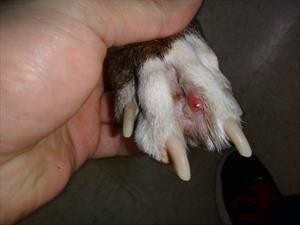
These are the cysts found in between the toes of dogs. These cysts are generally caused due to infection of irritated skin formed because of other issues like allergies, ingrown nails, or mites.
Cracked Paw Pads
Dryness and cracking of paw pads can occur due to various reasons like exposure to extreme weather conditions, chemicals, excessive licking, and overuse of chemicals. This condition can also be painful to dogs if left untreated
Burns of Paw Pads
Walking is important for a dog’s health. However, walking your dog on a burning hot pavement is the worst thing you can do to your pet. Walking on hot pavements can result in burns, which is considered a serious medical condition. Burns can even lead to secondary infections.
Parasites
Ticks and mites are the common parasites seen in dogs. Among these, ticks tend to hide in places that are not easily visible. Space between the toes is a common location of tick infestation. Tick infestation causes pain and inflammation in dogs.
Mites also tend to occupy the paw region and cause skin infections, hair loss, scaling, and swelling.
Corns and Warts
Corns are excruciatingly painful, whitish, circular areas formed on the paw pads of dogs. They may also occur between toes. Reasons for their occurrence are still debatable. Some theories say corns form due to scarring, papillomavirus infection, or repeated pressure to certain areas. This condition is commonly found in sighthounds, especially greyhounds.
Warts are elevated, rough growths on the surface of the skin, caused by the human papillomavirus (HPV). These growths are also quite painful.
How to Prevent Paw Problems?
Nail Trimming
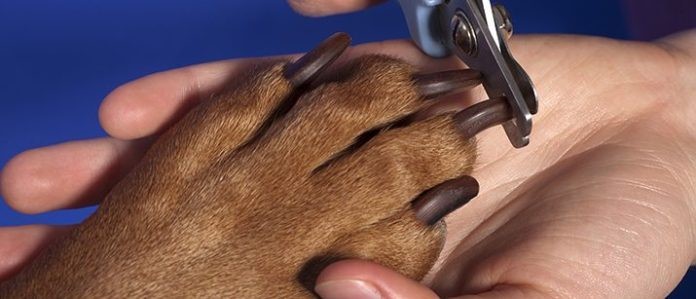
Do not allow your dog’s nails to grow beyond the length that just touches the ground. Be careful while trimming dog nails as excessive trimming can expose nerve endings and cause pain.
Restrict Walking in Extreme Weather Conditions
Extremely hot or extremely cold climates are not good for dogs. Always check whether you can walk barefoot outdoors. If you can walk, then undoubtedly your dog can also walk. Otherwise, restrain the dog from going outside in a harsh climate.
Paw Balm
Moisturizing paw balms protect the dog’s paws from wear and tear caused due to friction. They also provide insulation to the paws in winter and prevent paws from drying.
Examining Paws Regularly
The above-mentioned symptoms can be noticed only if you regularly check your dog’s paws. Inspect the paws after outdoor playtime to see whether there are any injuries. Wash their feet once they return home to remove any debris or other foreign particles stuck on their feet.
Give First Aid
Injuries are unavoidable. So be prepared with a dog first aid kit and give them first aid for minor injuries. Major cuts or lacerations need to be professionally managed.
Foot Soak
According to Dr. Karen Becker, 50% of foot licking and chewing can be alleviated by mechanically removing allergens and other irritants collected on a dog’s paw.
He suggests using a povidone-iodine soak to remove irritants from the dog’s feet
https://www.huffpost.com/entry/dog-health_b_1651994
Treatment
All the above-mentioned conditions need to be taken seriously. If left untreated, most of these conditions can be debilitating for the dog and may cause mobility impairment.
Therefore, except for the minor injuries that can be treated at home, it is always advisable to take professional advice from a vet.
Conclusion
The health of dogs’ paws is crucial for their unrestricted movement. There are several conditions affecting paw health, which need early diagnosis and treatment. Checking paws for the symptoms and providing the best treatment can ensure the wellness of your four-legged friend.
 DogExpress
DogExpress

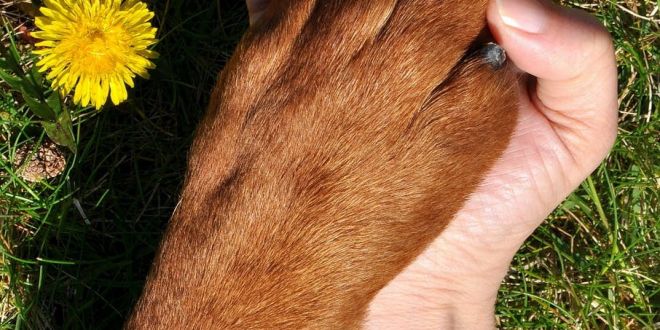


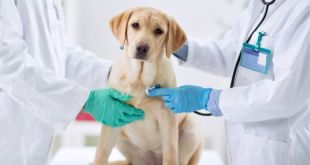
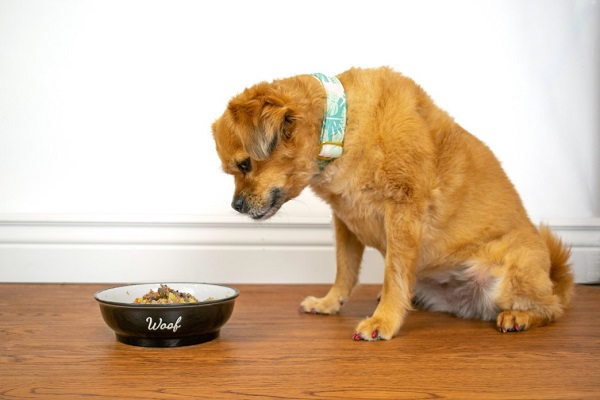












 in Chandigarh, India.
in Chandigarh, India. 

